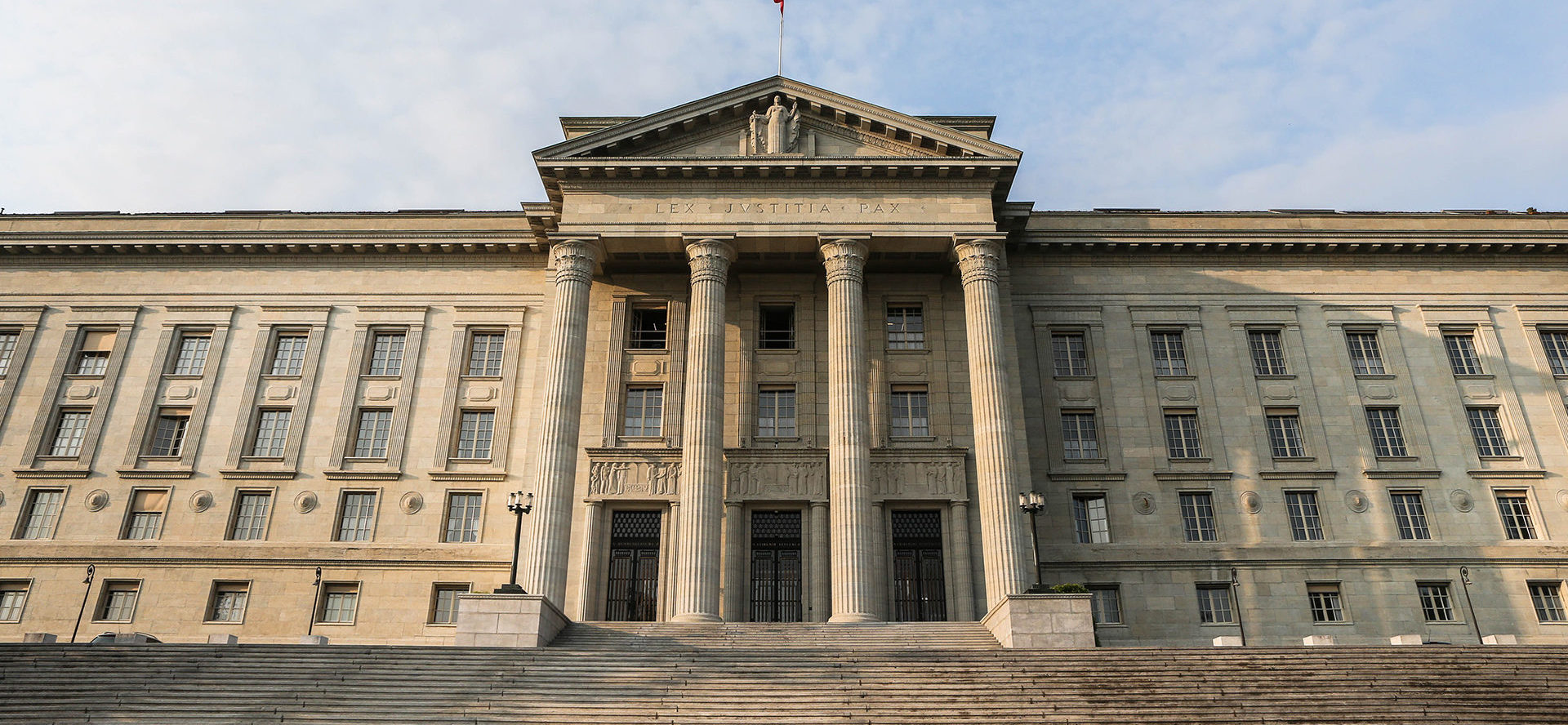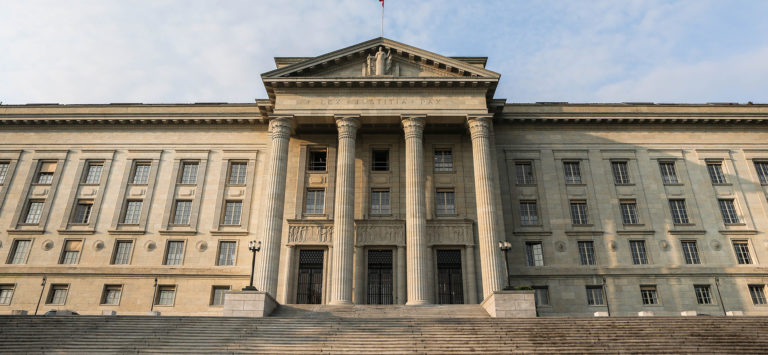

From the Revolution to the 19th century
The Revolution
The French Revolution of 1789 encouraged representatives of the local bourgeoisie to demand Vaudois emancipation. In 1791, banquets organised to salute the events of the revolution provoked a response from the Bernese powers. In 1797, the people of Lausanne welcomed Bonaparte with jubilation and the “petitioners” became emboldened in their calls for independence. A supervisory committee assembled the deputies of the towns and communities in Pays de Vaud. This was followed by the proclamation of 24 January 1798 which, in creating the short-lived Lemanic Republic, sounded the death knell for the Ancien Régime. The French Republic did not spare Lausanne for long: it was compelled by the army to put up around 9,000 men and the population was taxed in the form of forced loans. In the summer of 1802, the departure of French troops left the way clear for a confrontation between representatives of the central power and supporters of federalism. The announcement of mediation by Bonaparte, on 4 October, put an end to the conflict. The canton of Vaud was the result of this new intervention by the French in the destiny of Switzerland. In 1803, the Act of Mediation wanted by Bonaparte established federalism in Switzerland. Executive power in Lausanne, the main town in the canton, was conferred on a municipal authority with nineteen members who administered four sections: the police, the poor, the forests and the economy. The year 1815 saw the creation of the municipal council, a new municipal legislature elected by a system of censitary suffrage.
The 19th century
From 1803 to 1882, the town was governed by conservatives and liberals. With no development plan before the final third of the 19th century, with its undulating contours Lausanne changed its appearance bit by bit as its population ballooned to 20,000 inhabitants around 1860. Symbolic buildings were built: the hall of the Grand Council, a municipal theatre, a cantonal hospice, the Maison des Aliénés and, as a grand gesture, the Federal Supreme Court, an enduring institution inscribed in the Swiss Constitution of 1874. In 1835, the engineer Adrien Pichard started to tackle the issue of planning urban change. He came up with the idea of a crossing, unheard of in Switzerland, anticipating the construction of a ring road on works of art, the Grand Pont and the Tunnel de la Barre. As a sign of the times, it was no longer a matter of encircling the city to defend it but of opening the town up to commercial traffic. The Flon, a river that cuts through the town, was covered to provide more room for economic development. These changes were accompanied by rising numbers of immigrants, particularly Italians. At the end of the 19th century, as it destroyed urban traces of its medieval past, Lausanne became known for its services, administrative bodies, schools, boarding schools and holiday resorts.



